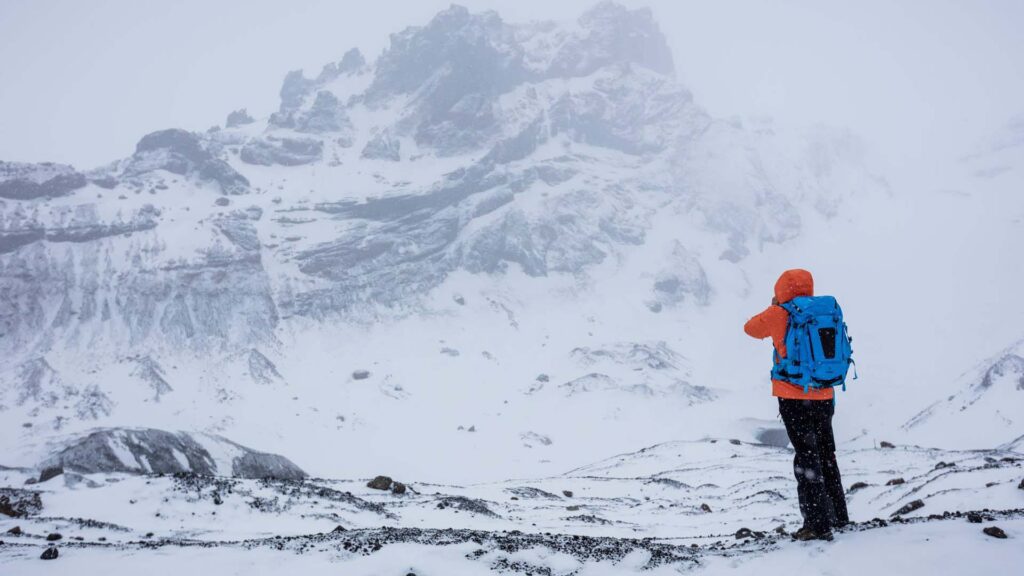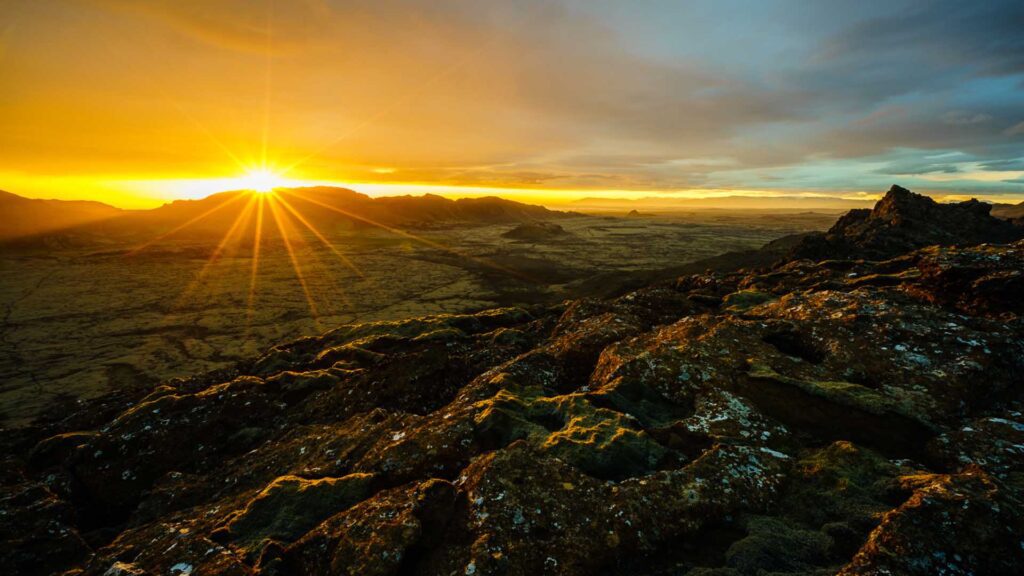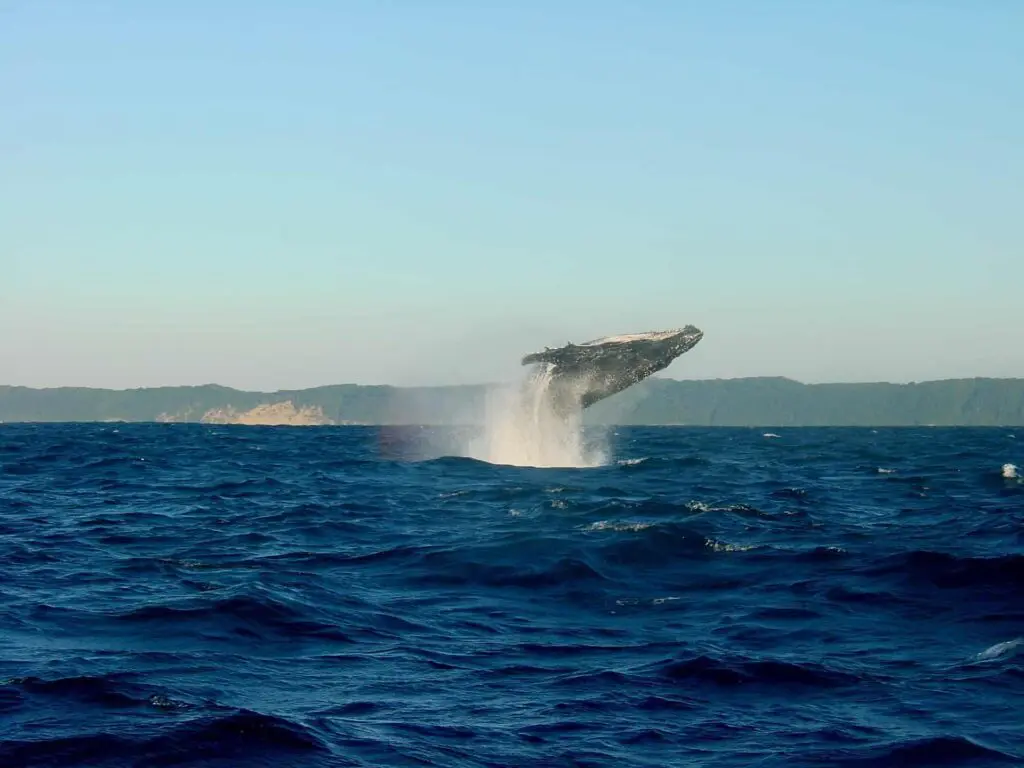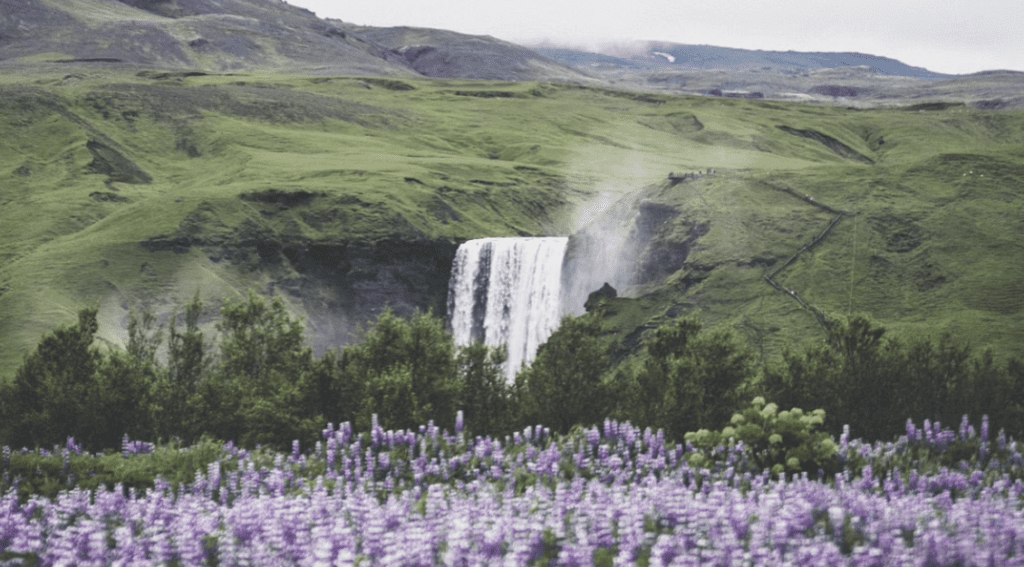Are you planning your dream vacation in Iceland? With so many activities and experiences waiting for you in the Land of Fire and Ice, it can be difficult to know when to visit.
Summer and winter are popular times for trips to Iceland. But it’s important to note that you can’t do all the same things in both seasons.
There’s no universal “best” time to visit our special country. It’s purely subjective.
But knowing the time of year in which you can see and do all the things you have dreamed of will help to make your adventure more memorable.
We provide an extensive range of Reykjavik walking tours and day trips and tours in Iceland. We know this incredible place inside out.
As such, we’re perfectly placed to help you decide when is the best time to visit Iceland, summer or winter?
If you have any questions about our tours in the meantime, please feel free to get in touch.

When is the Best Time to See the Northern Lights in Iceland?
For many people, experiencing the Aurora Borealis is the main reason for visiting Iceland. Seeing this spectacular phenomenon in person is truly unforgettable.
Our country has an incredibly low population density, so it’s easy to travel out to more rural areas with no light pollution. This is essential for a northern lights experience.
Given our location on the edge of the Arctic Circle, we see plenty of aurora activity. However, deep, dark nights are needed to see this natural light show.
With less than four hours of daylight on midwinter’s day, you absolutely must visit in winter if the northern lights are a priority. They simply aren’t visible in summer.
The best time to visit Iceland to see the aurora is between September and mid-April.
Within this period, mid-September and mid-March are renowned for amazing spectacles in the sky.
Discover more about seeing the Northern Lights from Reykjavik in 2023.

When is the Best Time to See the Midnight Sun in Iceland?
From the depths of winter to the midnight sun, Iceland has huge extremes in daylight hours.
While the sun rises for barely four hours in midwinter, it never truly sets in midsummer.
Around the summer solstice, we experience three hours of “darkness” — but it never truly gets dark.
At this time of year, even the darkest hours are as bright as a typical evening twilight.
The longest day is June 21st, but you can see the midnight sun between June 15th and 30th.
And even if you visit Iceland in May or July, you’ll still see light in the sky at midnight, even though the sun has officially set.
Learn more about the Midsummer month — Sólmánuður.

When is the Best Time for Whale Watching in Iceland?
The Mid-Atlantic Ridge (which separates the Eurasian Plate from the North American Plate) runs through Iceland.
This is why our island has active volcanoes and fascinating geothermal phenomena.
Some of this volcanic activity takes place in the ocean. As a result, the seas surrounding Iceland are warmer than you might expect.
In the summer, humpback whales migrate to Iceland so they can feast on the fish and zooplankton thriving in the warm water.
Between April and November, we frequently spot these enormous creatures offshore.
Whale-watching cruises depart from Reykjavik, Húsavík, and Akureyri, and you’re all but guaranteed to spot a whale during the warmer months.
The likelihood of seeing a whale in the winter drops significantly, so if you want to get up close to one on your vacation, travel in the summer.
Our highly popular Whale Watching Classic Tour departs from Reykjavik. If you’re in the north of the island, consider our exciting Whale Watching Akureyri Tour.

When is the Best Time to See Iceland’s Amazing Waterfalls?
No other country in the world has a collection of waterfalls like Iceland. From Reykjavik day trips to journeys around the ring road, our waterfalls consistently inspire awe in visitors.
Just a handful of highlights include:
- Gullfoss
- Seljalandsfoss
- Skógafoss
- Dettifoss
- Goðafoss
Visiting these and other waterfalls in summer and winter provides distinctly different experiences.
During the winter, expect a snowy wonderland complete with icicles. While this may look beautiful, ice and snow can make some falls difficult to reach.
Naturally, it’s quite the opposite in summer. Vivid greenery and bright sunlight combine for more picturesque scenery.
What’s more, melting ice and snow on higher ground creates far more powerful falls and an all-around more impressive spectacle.
Read our previous blog What are the Most Scenic Waterfalls in Iceland? and start planning which ones you want to see.

Find Your Perfect Iceland Experience with Our Tours and Day Trips
The experiences covered above are the perfect introduction to the adventures that await you in Iceland. But this list is far from exhaustive.
To discover even more possibilities for your vacation in the Land of Fire and Ice, browse our range of Iceland tours and day trips.
For more information about any of our excursions, please don’t hesitate to get in touch.









